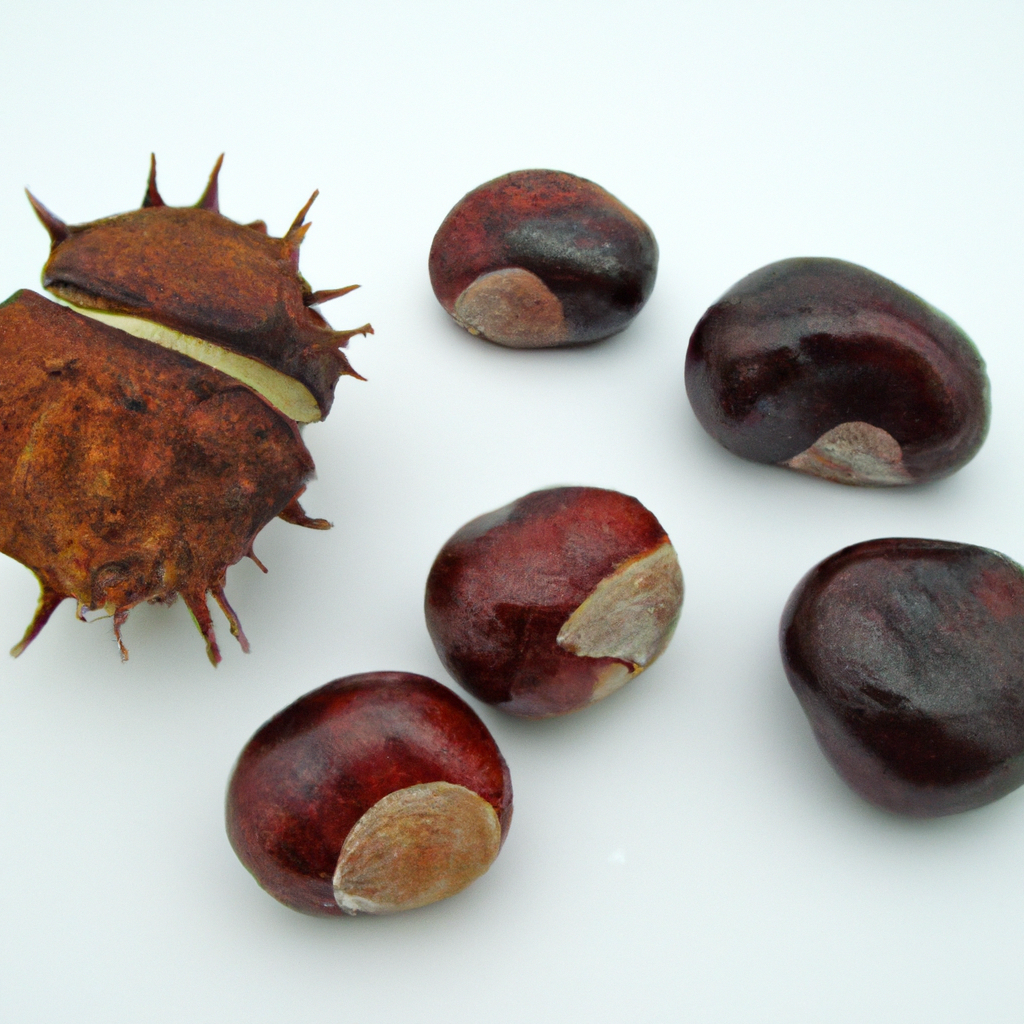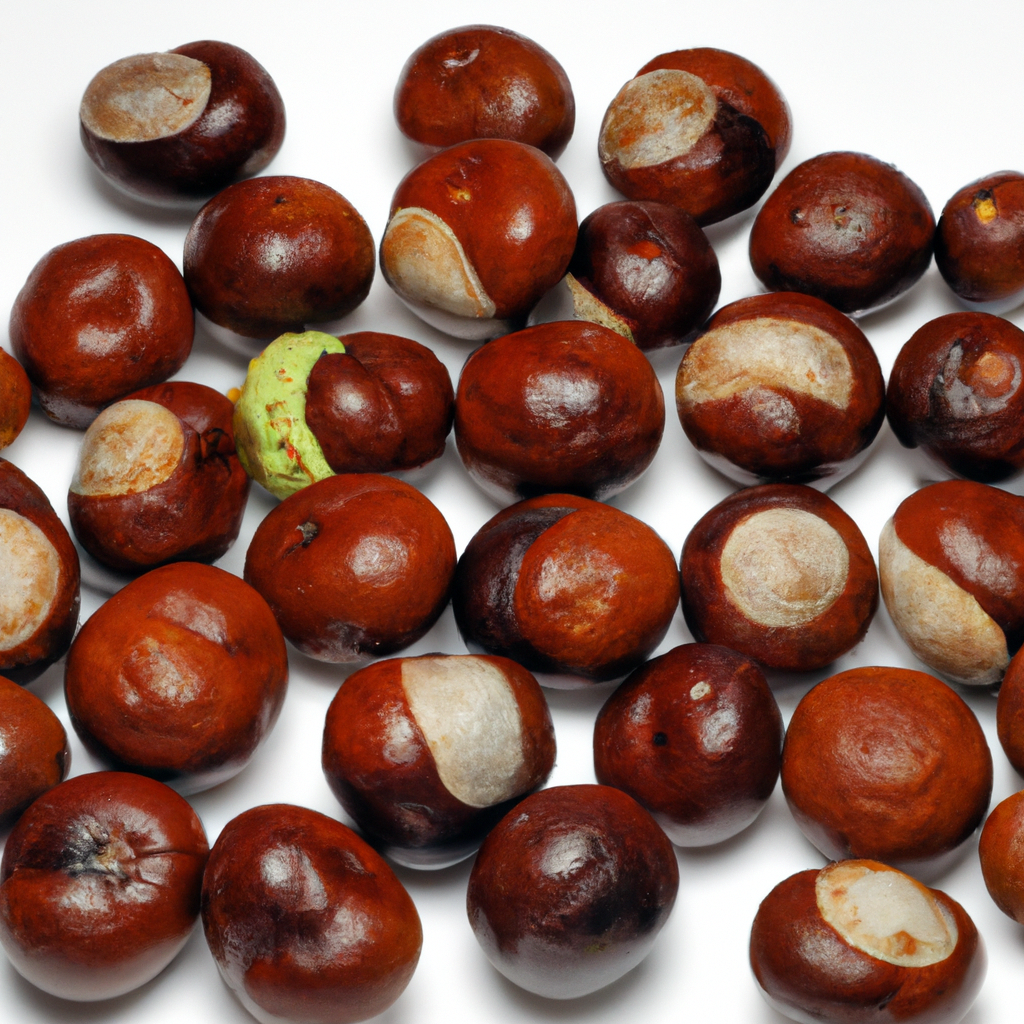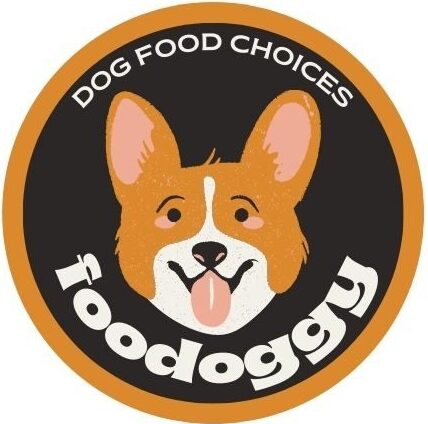As devoted pet parents, we are always on the lookout for new and unique ways to make our dogs’ diets more varied and exciting. But it’s important to remember that not everything humans can eat is safe for our furry friends. One such item that might pique your curiosity is the humble horse chestnut. You might be asking yourself, “Can dogs eat horse chestnuts?”
No, dogs should not eat horse chestnuts. Horse chestnuts are toxic to dogs and can cause various health problems if ingested.
Horse chestnuts, with their deep brown luster and alluring appearance, might seem like a tempting treat for your pup. Their unique charm is hard to resist, especially during autumn when they fall in abundance. But, is it safe for your dog to snack on these? Does adding a touch of the unfamiliar into your dog’s diet always mean an enriching experience? Let’s take a look at what science has to say, and let’s make informed decisions for the well-being of our beloved pets. Because nothing speaks love louder than ensuring the safety and health of our furry family members.
Well, dear reader, let’s embark on this enlightening journey together, uncovering the truth behind this seemingly innocuous nut.

Can Dogs Eat Horse Chestnuts?
While considering if dogs can eat horse chestnuts, it’s crucial to distinguish between chestnuts and horse chestnuts. Not only do they vastly differ in their nutritional profiles but also in their effects on your beloved pet. As a responsible pet owner, it’s your duty to discern what’s beneficial and what’s harmful. Be informed, be prepared. Let’s dive into the specifics of chestnuts vs. horse chestnuts, and how they can affect your dog’s health.
Are Chestnuts Good for Dogs
Moving away from the nutritional aspects of your pet’s diet, let’s delve into a more specific question: Are Chestnuts Good For Dogs? The answer, my dear readers, is a resounding no.
You may be tempted by the thought of your furry friend crunching away on a chestnut, but herein lies the danger. These nuts can cause gastrointestinal upset in dogs, including vomiting and diarrhoea. Furthermore, chestnuts can lead to choking hazards or intestinal blockages due to their size and hardness. A scare like that is something no pet owner wants to experience.
Chestnuts also contain tannins that can harm a dog’s kidneys and liver. The health of our pets is paramount, and we must be vigilant about what goes into their systems.
So, let’s not gamble away our furry friend’s health. Remember, when it comes to chestnuts, it’s best to steer clear for the sake of your canine companions.
Chestnuts vs. Horse Chestnuts
Sailing smoothly into our next topic, we’re ready to delve into the difference between chestnuts and horse chestnuts. Here’s a fun fact – while they share a similar name, they are far from being the same thing.
The confusion lies in the name, but when it comes to your canine companion, it’s vital to know the distinction. Chestnuts, typically found in a spiky green husk, are generally safe for dogs to consume in moderation. They pack a punch with their nutritious content, being high in fiber and low in fat.
On the contrary, horse chestnuts, don’t be fooled by the name, are not at all suitable for your four-legged friend. Their toxicity can cause vomiting, loss of coordination, and drowsiness in dogs.
So, remember, not all chestnuts are created equal. Keep your dog’s diet strictly in the safe zone by ensuring they stick to the dog-friendly chestnuts and steer clear of the horse variety.

What Is Horse Chestnut Poisoning?
Understanding Horse Chestnut Poisoning is crucial for both equine enthusiasts and animal health professionals. Recognizing the symptoms early can prevent unnecessary suffering for your beloved horse. Diagnosis, though challenging, is vital for effective intervention. Understanding treatments is empowering, showing that this condition is not a death sentence but a challenge to overcome. Lastly, knowing about recovery gives hope, a beacon of light for those committed to their horse’s wellbeing. Therefore, comprehending each subtopic is not merely academic – it can make a real, tangible difference in your horse’s life.
Symptoms
Pivoting from the discussion about the toxicity of horse chestnuts to dogs, it’s crucial to understand the grave implications of horse chestnut poisoning. The symptoms can be truly distressing, and being aware of them could save your dog’s life.
Your beloved pooch might exhibit signs such as vomiting, diarrhea, and abdominal pain, which are clear signals of internal distress. More alarming symptoms include nervous system abnormalities like twitching, wobbling, and paralysis. You may also notice your dog’s skin turning yellow, a condition known as jaundice, indicative of liver damage.
These symptoms are not just discomforting but can lead to severe health complications and even death if ignored. Time is of the essence here; early detection is your best chance of preventing irreversible damage. So, as a responsible dog owner, you must stay vigilant and be ever-watchful of these signs in your pet. If any of these symptoms appear, don’t hesitate.
Diagnosis
From the dangers of devouring horse chestnuts, let’s ride on to the next question: how can you tell if your dog has ingested these potentially toxic treats?
A diagnosis of Horse Chestnut Poisoning is not something to be taken lightly. The signs can be subtle, but a keen eye and swift action can make all the difference. When your fur baby starts to exhibit symptoms such as vomiting, diarrhea, and abdominal discomfort, a bell should ring in your head. The chestnut may also cause paralysis, and in severe cases, even death.
Promptly take your pet to the vet. A physical examination and a history of your dog’s recent activities are crucial. The veterinarian might also perform laboratory tests, including a blood count, urinalysis, and possibly an ultrasound or endoscopy. Remember, early detection is key to recovery.
Your dog’s health matters. Always be vigilant. If you suspect Horse Chestnut Poisoning, don’t hesitate to consult a professional.

Treatments
As we stroll through the shadowy labyrinth of canine health, let’s shine a light on the path to recovery. Treatment for horse chestnut poisoning is of the utmost importance.
First, let’s rid ourselves of the myth that time will heal everything. Even though your furry friend might look fine, they might be silently struggling. So, do not hesitate to contact your vet immediately. Speed is key here, and every moment matters.
Now, let’s address the most likely treatment – induced vomiting. Contrary to what you might think, this isn’t cruel, but rather a lifesaver. It’s a simple way to rid your dog’s system of the toxins before they wreak more havoc.
But what if more than two hours have passed? In this case, activated charcoal is likely to be administered by your vet. This miraculous substance can help absorb the remaining toxins in the stomach.
So, dear reader, do not sit idle. Make haste for your dog’s health.
Recovery
Now that we’ve discussed the severity of horse chestnut poisoning, let’s delve into the hopeful subject of your four-legged friend’s recovery. Don’t lose heart, recovery from such an ordeal is indeed possible, but it does require your unwavering commitment and patience.
Remember, every moment of care you devote to your pet during this time is a step towards their recovery. Your vet may recommend a diet designed to ease the strain on your dog’s system and promote healing. Hydration is key as well, so ensure an ample supply of fresh water.
Recovery isn’t just about physical healing. Your dog’s spirit needs nurturing too. Create an environment of love and comfort, helping them regain their confidence. Your dog’s resilience, combined with your loving care, can overcome the hurdles posed by horse chestnut poisoning. Let’s not allow fear and worry to overshadow the love and care we have for our pets. Together, we can overcome this challenge. Your dog’s wagging tail and joyous barks are surely worth it.
Can Dogs Eat Horse Chestnut Seeds?
Absolutely not! The horse chestnut, while appearing harmless and even enticing, is a hidden danger lurking in your backyard. The seeds, bark, flowers, and leaves of the horse chestnut tree contain a poison known as aesculin, which is highly toxic to dogs if ingested. Consumption of horse chestnut can lead to severe and sometimes fatal health complications in dogs, including vomiting, loss of coordination, diarrhea, and even paralysis.
Allow me to remind you of the deep bond we share with our canine companions. They are not just pets – they are family. It is our responsibility to ensure their safety and well-being. Their innocent curiosity and lack of knowledge about the potential hazards around them make it imperative for us to be vigilant. So, the next time your dog pauses near a horse chestnut tree, remember the silent threat it poses.
Never underestimate the impact of your actions. By simply removing horse chestnut seeds from your dog’s reach, you can effectively safeguard your faithful friend from this lurking danger. Be the hero your dog thinks you are. Act now, because their safety is in your hands.
Conclusion
Prevention is better than cure. It’s vital you ensure your adorable canine friend avoids horse chestnuts. The potential risks and discomfort they might suffer due to horse chestnut poisoning are not worth it.
Remember, your dog relies on you for their well-being, and you can demonstrate your love by keeping them safe. Make the wise, informed decision today – no horse chestnuts for dogs. Let your pet’s health and happiness be your priority.
